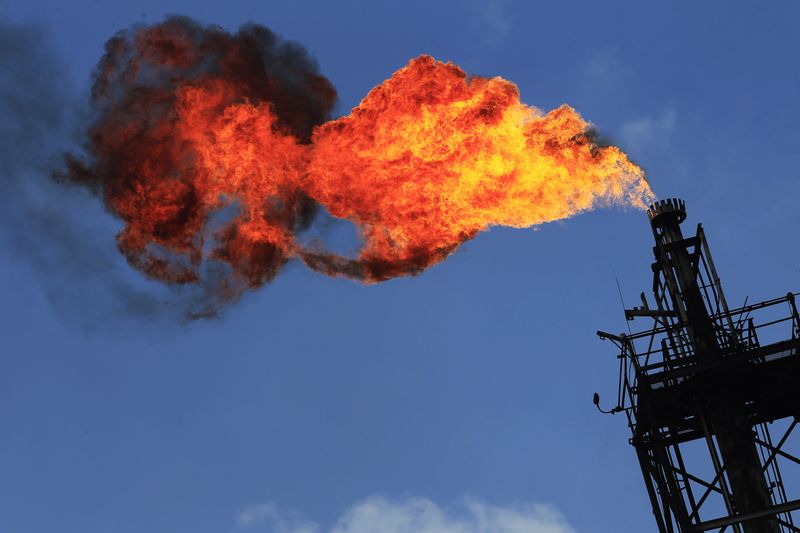By Barani Krishnan
Investing.com -- Natural gas bulls aren’t making much progress beyond the mid $2 level, but a second weekly win of 5% might assure those long on America’s favorite fuel for indoor temperature control that a price breakout could be imminent.
The most-active May gas contract on the New York Mercantile Exchange’s Henry Hub was down 2.8 cents, or 1.3%, to $2.221 per mmBtu, or metric million British thermal units by 14:00 ET (18:00 GMT).
For the week though, May gas was up 5.1%, mirroring last week’s run-up.
The debate on when the bearish tide would irrevocably turn for ‘natty’ — as the all-season fuel for heating and cooling is known — has raged since gas prices began their headlong fall from 14-year highs of $10 in August to crash to 2-1/2 year lows beneath $2 in March.
At brief intervals this year, the market had appeared to be on a cusp of a serious rebound — like in late February when it got above $3 after breaking below $2 earlier that month for the first time since September 2020.
This week, again, such a phenomenon appeared when the front-month May gas contract rallied to almost $2.40 — a level it had not reached since late March — exciting traders and analysts over the prospect of $3 pricing and beyond.
Friday’s slide in gas prices came as investor focus returned to the abysmal state of U.S. gas inventories held in storage, after one of the warmest winters on record.
Gas storage for the week ended April 14 rose by 75 billion cubic feet, or bcf, after all the burning done for power generation as well as for heating as some unexpected chill for this time of the year surfaced, the Energy Information Administration, or EIA, reported.
That 75-bcf injection bumped up total gas inventories to 1.930 trillion cubic feet, or tcf, EIA records showed. At current levels, the gas storage stands at 34% above the year-ago level of 1.442 tcf and nearly 21% higher than the five-year average of 1.601 tcf.
In the short-term, Henry Hub prices could continue to recover in the higher $2 trajectory, said analysts at Houston-based energy markets advisory Gelber & Associates.
“Weather forecasts from major weather models still show a cold front coming through in the coming days, leading to colder than average end of April and beginning of May,” Gelber’s analysts said in a note issued on Friday to the firm’s natural gas clients. “This cold front is expected to increase weather driven demand to high levels.”
But the mid-term outlook remained cloudy, the note said.
“Overall, the market still has way too much supply for these small weather runs to significantly affect the supply/demand balance,” Gelber’s analysts added.
